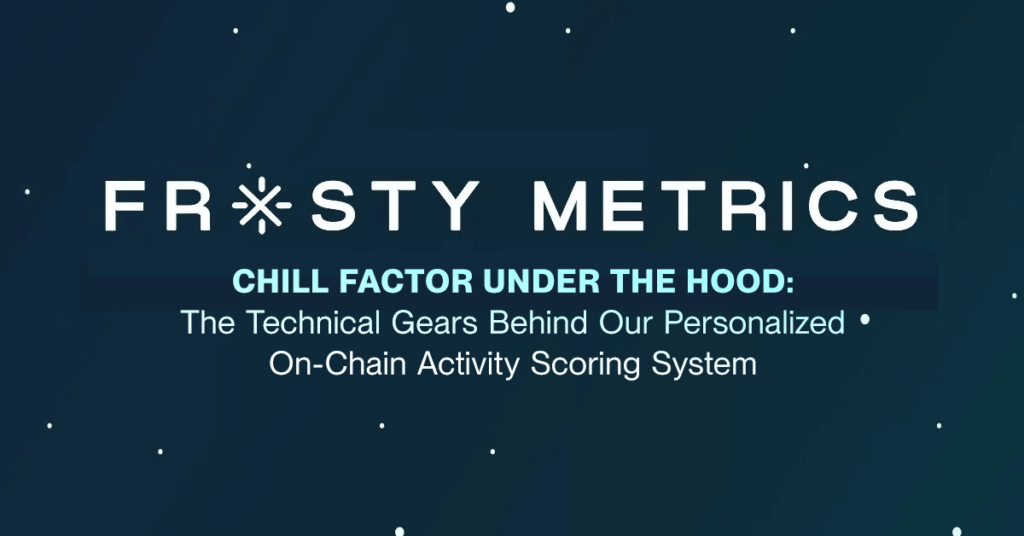Research Summary
The report discusses the impact of Inscription NFTs on blockchains like Avalanche, Arbitrum, and Gnosis. It explains how inscriptions, which allow data embedding on blockchain transactions, are causing network outages and spikes in gas fees. The report also compares inscriptions to NFTs and highlights the limitations of inscriptions.
Key Takeaways
Impact of Inscriptions on Blockchains
- Network Congestion: The report highlights that inscriptions are causing significant network outages and spikes in gas fees on multiple blockchains. For instance, Arbitrum went down for over an hour due to a surge of inscriptions.
- High Gas Fees: Over the past five days, Avalanche users paid over $14 million in gas fees for inscriptions, which is significantly higher than what Avax users typically pay.
Understanding Inscriptions
- Data Embedding: Inscriptions enable direct data embedding on blockchain transactions. For example, an image of an NFT can be attached to a transaction, and it will live inside that transaction forever.
- Cost Advantage: Inscriptions imitate NFTs and fungible tokens like ERC-721 and ERC-20, but with a significant cost advantage. They avoid the high gas fees typically associated with smart contracts.
Limitations of Inscriptions
- Data Accessibility: The report points out that inscriptions are storing all activities and data onchain, making sense of the data in real time almost impossible. To understand the current status of an inscription token or collection, one needs to rely on a third-party (centralized) indexer.
- Limited Use Cases: Inscriptions primarily serve as immutable onchain art but have limited use cases compared to NFTs that operate using smart contracts.
Popularity of Inscriptions
- Replicating Success: The primary motivation for the popularity of inscriptions seems to be the eagerness to replicate the success of BRC-20 tokens (Ordinals) seen on Bitcoin. However, a significant portion of this activity is merely repetitive minting by the same users or bots.
Actionable Insights
- Monitor Network Performance: Blockchain users and developers should closely monitor the performance of networks, especially those heavily impacted by inscriptions, to avoid potential outages and high gas fees.
- Consider Alternatives: Given the limitations of inscriptions, users and developers might want to consider alternatives like NFTs that offer more use cases and better data accessibility.
- Understand the Implications: Blockchain users should understand the implications of using inscriptions, including the need for a centralized API to index the inscribed data, which goes against the ethos of web3.













